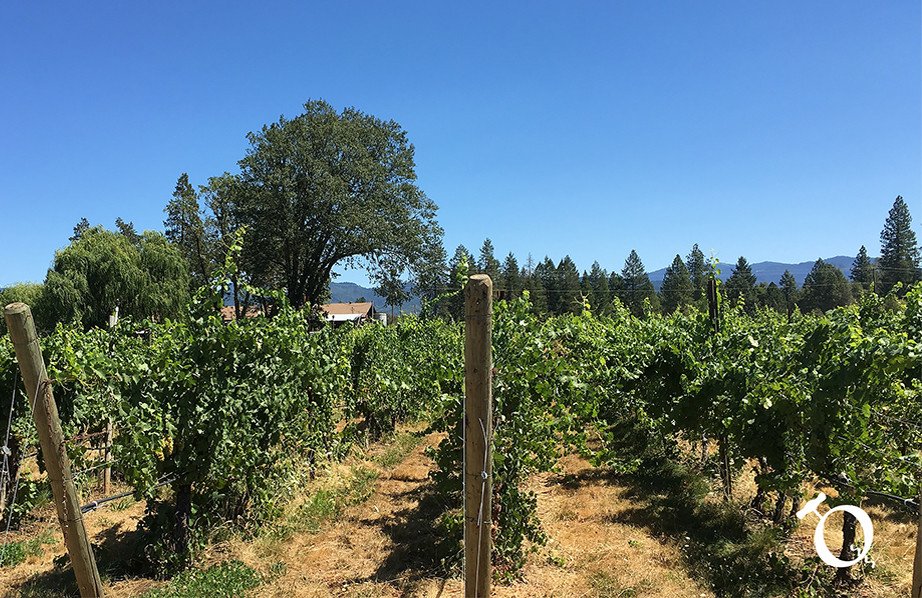December 4th - This Date in Wine History
/Wine has a long established history of being our drink of choice for celebrating, entertaining, and savoring life; but it didn't start out that way. From the invention of the barrel to the designation of the separate viticultural areas, wine has a long and sorted history. In our daily feature "This Date In Wine History," we share an event of critical importance in wine history.
Nicholas Breakspear was declared #Pope #AdrianIV in 1154. His #papacy would end five years later when he #choked on a #fly in his #wine
U.S. Gen. George Washington held a dinner to bid farewell to his officers in 1783. He toasted them with the words, "[w]ith a heart full of love and gratitude, I now take leave of you. I most devoutly wish that your latter days may be as prosperous and happy as your former ones have been glorious and honorable." As he later asked to take each one of his officers by the hand for a personal word.
California's McDowell Valley AVA was designated in 1981.
California's Santa Cruz Mountains AVA was designated in 1981.
California's Sonoma Valley AVA was designated in 1981.
Falcon Crest, an American primetime television soap opera about an American winemaking family debuted 1981.
Happy Cabernet Franc Day!





















